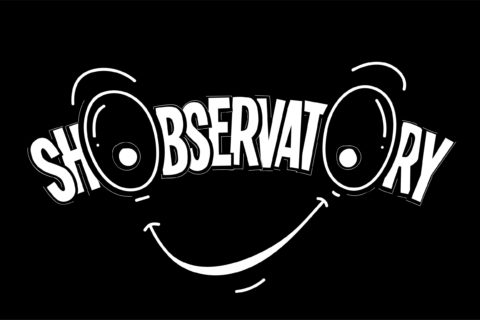Status quo bias is a preference for the current state of affairs. We often try to avoid change and if permitted, will go with default options.
But why do people do this?
We’re cognitive misers, with limited time and energy to focus on every decision. For ease, we often just accept defaults, or stick with what we’ve always done – the status quo – without considering other (potentially better!) options.
Status quo bias is often linked to other cognitive biases. If we’re tending towards the status quo, it may be due to other causes, such as:
- Choice paralysis: If people are overwhelmed by many options to choose from, research has shown that they’re likely to stick with what they know and have always done as the safe option. Or they simply opt to not make any choice at all, choosing to delay the decision and do nothing
- Loss Aversion: The potential losses we face from switching away from the status quo and doing something different are weighed more heavily than the potential gains. Resultantly, people generally prefer to stick to what they already know so long as it’s largely satisfactory
Status quo bias illustrated
Status quo bias is often why we eat the same dish at our favorite restaurant or stick with the same bank or mobile phone operator. More critically, it helps explain why we might stay in a job we don’t like or resist relocation when threatened by increased flooding or climate change impacts. As we age, this preference for the status quo option gets stronger.
Recognition is the first step to reducing status quo bias: If we’re aware of when our biases are affecting our everyday lives, we’re half way to changing our behaviour for the better. Indeed, if people can reflect on how they, or others, are being affected by cognitive biases in their lives, this would be a step forward.
We can also take proactive steps to ensure we are pushing back against status quo bias: Status quo bias means we become lazy decision makers by only considering the option we already have, or the solution we’ve already used. The more tired, time pressed or stressed we are, the more likely we are to fall back on the status quo, rather than thinking laterally about a more creative solution.
Jack Soll and John Payne at Duke University and Katy Milkman at the Wharton School of Business have compiled several strategies and rules [1] to reduce these decision-making traps and ensure we consider alternative options to the status quo. These include:
Rest, then think and solve: We’re more likely to devise a different, creative and altogether better solution when we’re rested and not rushing.
Apply the ‘vanishing options’ test: Imagine you can’t choose the status quo as usual. What might you do instead? This forces you away from the status quo and allows you to think of another, possibly better solution.
Use reference points to anchor yourself to: By compiling several options to choose from, we can avoid attempting to evaluate any option in isolation. We need reference points to decide.
The author and journalist Sydney J. Harris once said:
“Our dilemma is that we hate change and love it at the same time; what we really want is for things to remain the same but get better.”
“Our dilemma is that we hate change and love it at the same time; what we really want is for things to remain the same but get better.”
Such strategies allow us to see how status quo bias may limit our decision making at times, give us a structure to help push back against the status quo and improve our lives for the better, or even grow to readily embrace change!
So, what does this all mean?
In research, it’s valuable to recognise that consumers will often simply stick to the status quo. Once we’re aware this is an issue, we can work to help break that pattern and make it easier to enable change. Within your own workplace, keeping an open mind about change and disruption can be beneficial. Maybe there’s a better supplier – a recruitment agency or creative agency – to work with than the one you’ve always used. You’ll never know unless you try!
NEXT IN THE SERIES: Every three weeks The Behavioural Architects will put another cognitive bias or behavioural economics concept under the spotlight. Our next article features the concept of cognitive ease.
www.thebearchitects.com
@thebearchitects
PREVIOUS ARTICLES IN THE SERIES:
System 1 & 2
Heuristics
Optimism bias
Availability bias
Inattentional blindness
Change blindness
Anchoring
Confirmation Bias
Framing
Loss aversion
Reciprocity
Hot cold empathy gaps
Social norms part 1
Social norms part 2
Commitment bias
Affect Heuristic
Paradox of Choice
Mental accounting
[1] Soll, Payne, Milkman ‘Outsmart your own biases’ HBR Review, May 2015


